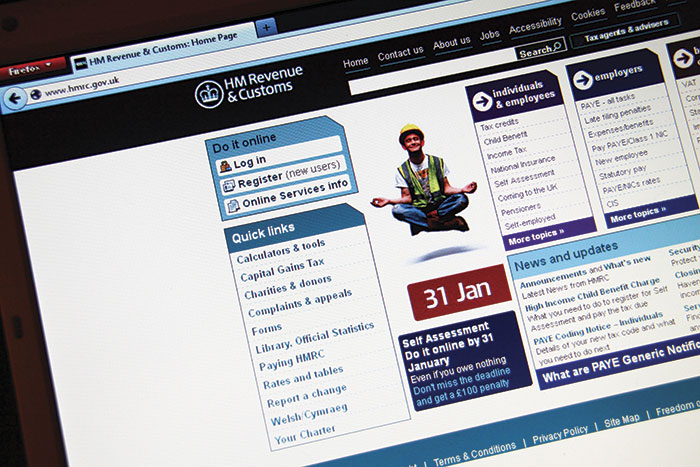
Alamy
Scrapping the annual tax return by 2020 and introducing real-time, online tax accounts will make HMRC one of the most digitally advanced tax administrations in the world. It is estimated this will also raise an extra £600m a year. The Making Tax Digital roadmap, published by HMRC with a series of consultation papers, sets out the broad plans for how this is to be achieved.
By the standards of many countries, our tax system is already reasonably advanced in terms of technology use: 98% of corporation tax returns, 99% of VAT returns and 86% of self-assessment tax returns are submitted online. What is different about the plans underpinning Making Tax Digital is the pre-population of tax returns and use of near real-time data.
HMRC already uses real-time PAYE data from some employers to reduce under- and overpayments at the end of the tax year by changing tax codes during that year. The expectation is that in the future, by checking income, benefits in kind and personal allowances each month and making tax code adjustments, most under- and overpayments of tax will be avoided altogether. This will be “particularly helpful”, says HMRC, for taxpayers with more than one job or fluctuating incomes.
HMRC also plans to collect data automatically from third parties such as pension providers and banks, and to use this to pre-populate tax returns. The taxpayer will then confirm this or flag up any errors or omissions, then file the return. This has been pioneered in Estonia, one of the most digitally advanced countries, where it is claimed it takes less than five minutes to file the average tax return.
The logic is that taxpayers should not have to give HMRC information that it already has or can access from elsewhere, for example from employers, banks, building societies and other government departments, and that taxpayers should be able to check the information that HMRC holds.
For this to work, most businesses, self-employed people and landlords will have to keep track of their tax affairs digitally and update HMRC at least quarterly via their digital account. By 2020, all tax and child benefit services should be incorporated. The government also plans to include capital gains, with the aim of it being paid within 30 days of a residential sale completing.
An interesting but unexplored spin-off could be opportunities to look at changes to the tax system. For example, for decades there has been talk of introducing a local income tax to provide local authorities with an additional independent, buoyant source of revenue. Each time this has been considered, it has been rejected largely because of complexity and disproportionately high collection costs. However, digital technologies are revolutionising how taxes are collected, in ways that were unimaginable at the time of the Layfield Committee in 1976, when the biggest study was undertaken. The introduction of Making Tax Digital would undoubtedly make the administration of a local income tax much simpler and minimise the costs of collection. It may also open up other opportunities for local taxes. Perhaps the time has come to reimagine the ways that local services are funded?




















